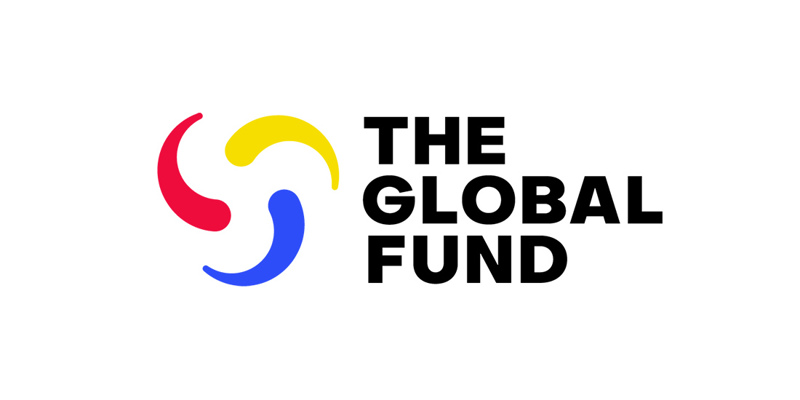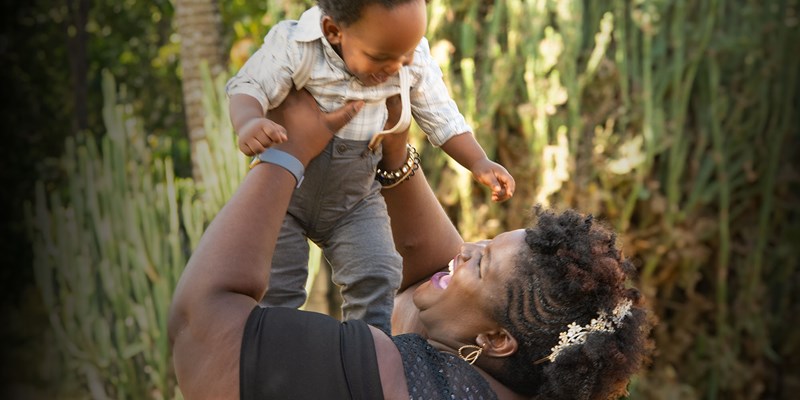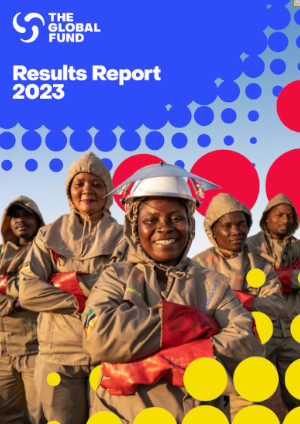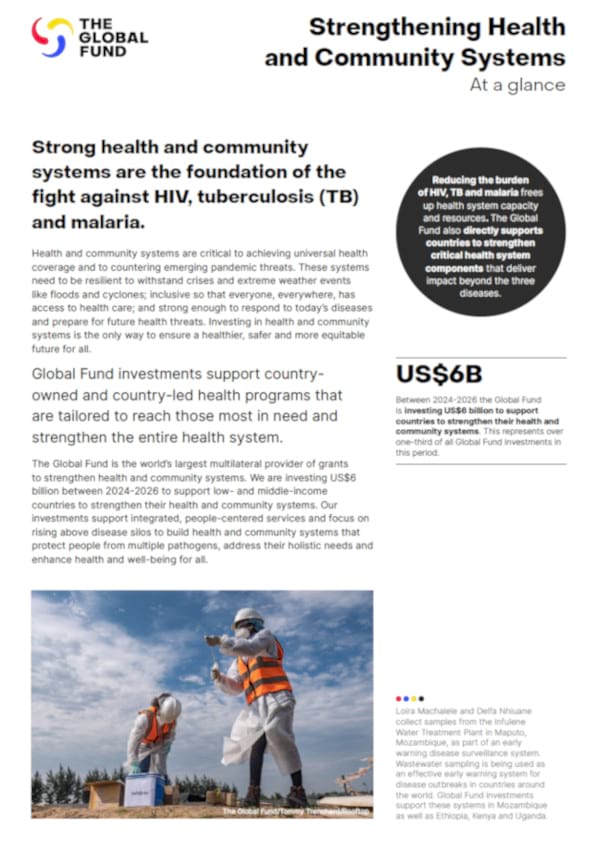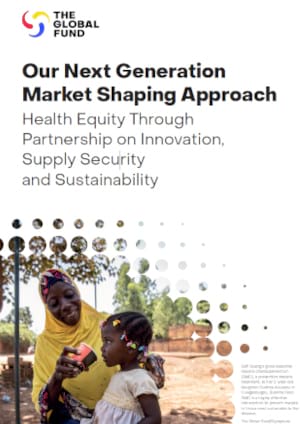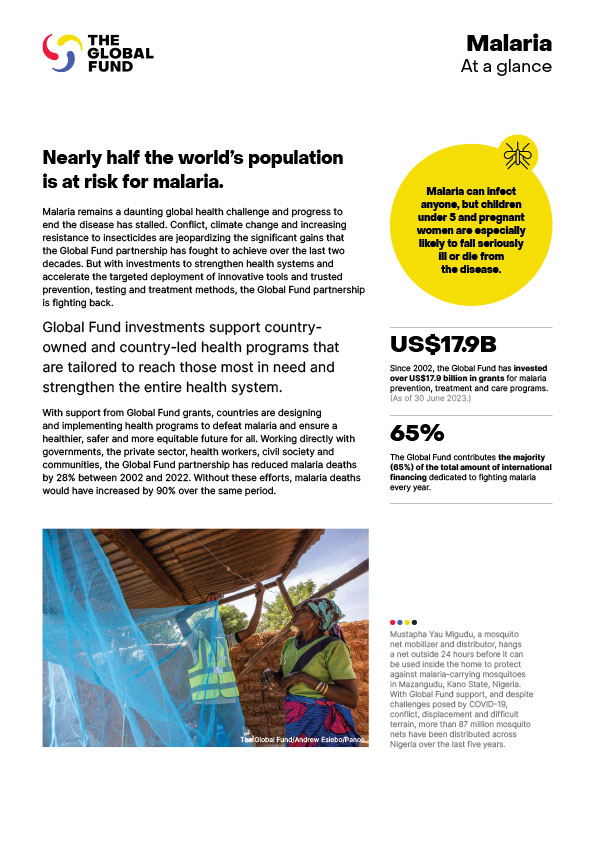Refocusing C19RM Investments to Maximize Impact
20 May 2022
Operational Update on Refocusing C19RM Investments to Maximize Impact
download in English | Español | Français
The COVID-19 pandemic is evolving and so should C19RM investments. The Global Fund would like to support implementing countries to rethink how these funds need to be adapted to countries’ needs in a very dynamic pandemic context. Whereas the COVID-19 pandemic is not yet over and investments in this area are still needed, C19RM funds provide an opportunity to invest in building health systems’ capabilities across a spectrum of potential epidemic scenarios, strengthen resilience and prepare for the next pandemic.
In an Operational Update published on 20 May 2022, the Global Fund is sharing programmatic and process information to optimize C19RM investments. Implementing countries are strongly encouraged to consider reinvesting C19RM savings or funds in areas that are most needed, taking into account national priorities and lessons learned, and whilst looking ahead.
The C19RM Technical Information Note [ download in English | Español | Français ] has now been updated to include an Annex 6, outlining strategic priorities for implementing countries to consider when making reinvestment decisions. Annex 6 lists interventions from the technical information note but will also progressively include new areas like “test and treat” strategies or novel therapeutics, that Principal Recipients will also be able to consider when revisiting their programs.
Section 2.4 of the C19RM Guidelines [ download in English ] sets out the process for reinvesting C19RM savings or funds projected to remain unutilized as countries’ needs change. This process has been further streamlined and thresholds for revisions have been increased to give Principal Recipients more flexibility to revise grants without needing Global Fund approval.
C19RM funds must remain invested in C19RM eligible interventions. For reinvestments of HIV, TB and/or malaria funding from regular grants, the Global Fund Operational Policy Note on Grant Revisions [ download in English ] and the Global Fund Guidelines for Grant Budgeting [ download in English | Español | Français ] continue to apply.
We will be organizing information sessions for Principal Recipients to give more information in the coming weeks. If you have any questions, please consult your Global Fund Country Team.
Opportunities to Refocus and Optimize C19RM Savings or Funds
Purpose
Principal Recipients of C19RM funding are asked to adapt C19RM funding and interventions to evolving country circumstances. As the pandemic evolves, reinvesting potentially unutilized funds swiftly optimizes impact of C19RM investments.
Key Priority Areas
Reinvesting opportunities need to remain within the scope of the three C19RM areas:
- COVID-19 control and containment interventions
- Investing in both new COVID-19 responses, including novel therapeutics and self-testing, as well as existing interventions such as decentralized COVID-19 testing within the broad scope of C19RM.
- COVID-19-related risk mitigation measures for programs to fight HIV, TB and malaria
- Including additional freight, warehousing and distribution costs of getting health products to people.
- Expanded reinforcement of key aspects of health systems
- Reinforcement of health systems and infrastructure (including data systems, laboratory strengthening and integration, supply chain and waste management) to support HIV, TB and malaria interventions boost the health systems response across a spectrum of epidemic scenarios.
Further details on C19RM eligible investments can be found at section 1.6 of the C19RM Guidelines [ download in English ] .
- While implementation of C19RM and core grants remains a priority, implementing countries are encouraged to take time to review, analyze and identify reinvestment priorities based on specific country context.
- Any refocusing or changes to C19RM interventions should be done based on Principal Recipients’ regular engagement with Country Coordinating Mechanisms and national COVID-19 response and pandemic preparedness authorities.
- Investment decisions need to be evidence-based and consider COVID-19 response gaps. They should also consider any C19RM Unfunded Demand, available funding from other sources, risks associated with new areas of work, and the potential effects of re-allocating investments.
- Countries are expected to have a high level of implementation readiness in new areas of work, including those linked to the reinforcement of health systems, which can contribute to future pandemic preparedness.
- When reinvesting, implementers need to ensure activities can and will be completed by 31 December 2023, which is the end date for utilization of C19RM funds.
- An important opportunity for countries to bring forward RSSH and Pandemic Preparedness plans for execution under C19RM, especially to expand the scope and scale of initiatives already underway, including further strengthening community systems and Community Health Workers, supply chain, laboratories, surveillance, data systems and inter-operability, waste management and other areas within C19RM scope.
Process for Reinvesting C19RM Savings/Funds
Updated resources to support implementing countries to reinvest C19RM savings/funds include:
- A revised version of the C19RM Guidelines [ download in English ] .
Section 2.4 captures the following changes:
- The C19RM revision thresholds for Global Fund approval have now been amended; implementers can undertake non-material C19RM budget revisions within higher thresholds; however, implementers are required in all cases to report such revisions to the Global Fund (a dedicated form will be provided); and
- The distinction between diagnostics and non-diagnostics baseline parameters has been removed.
These changes take effect from 20 May 2022 onwards. Any C19RM reinvestments undertaken and/or requested to the Global Fund prior to this date must follow the original C19RM revision thresholds. For regular HIV, TB and malaria grant revisions, the existing operational policy on grant revisions continues to apply.
The C19RM Guidelines have also been updated to reflect the revised deadline for C19RM awards being 31 March 2023, processes for C19RM Supplementary and Additional Funding requests, Global Fund approval authorities for awards and reinvestments as well as Section 2.6 and Annex 1 which clarify minimum assurance requirements for C19RM investments.
- A new Annex 6 to the C19RM Technical Information Note [ download in English | Español | Français ] will provide further details of areas where implementing countries can refocus investments and will be available on the Global Fund website as of 20 May 2022.
- The Health Product Segmentation Framework has been updated to reflect changes in procurement channel simplification by designating some products as “local sourcing possible”. Other updates include further clarity on disaggregation of a few groups of products and added new/newly eligible ones such as antivirals or TB cartridges.
C19RM funds must remain invested in C19RM eligible interventions and are required to follow the C19RM Guidelines (section 2.4) [ download in English ] in consultation with Global Fund Country Teams. C19RM funds cannot be reallocated to regular HIV, TB and malaria interventions which are outside the scope of C19RM. Movement of funds between C19RM and HIV, TB and malaria interventions is not possible.
Country Teams, technical teams across the Secretariat and technical partners will provide support to implementing countries’ C19RM optimization efforts.

